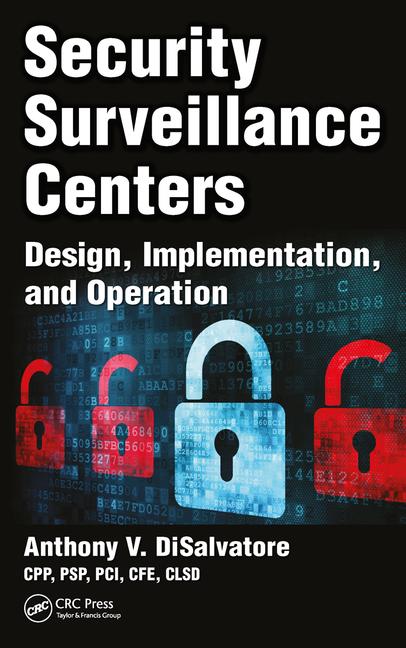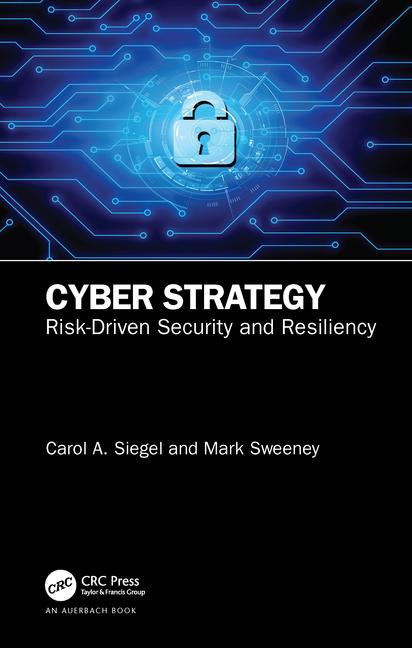Security operation centers (SOCs) serve as a centralized hub for monitoring, detecting and responding to security incidents. To ensure effectiveness, it is crucial to implement robust cybersecurity measures that harden the SOC infrastructure, enabling it to operate securely and efficiently.
Installing security contractors can play an important role in the creation of a resilient and fortified SOC environment that protects critical assets and effectively mitigates cybersecurity risks. Following are essential cyber-hardening measures that should be considered during the design and installation of a SOC.
Robust network segmentation — Implementing a robust network segmentation strategy is crucial for isolating critical SOC assets from the rest of the organization’s network. This ensures that even if an attacker gains access to other network segments, they are unable to infiltrate the SOC infrastructure, protecting the core operations.
Strong access controls — Implement stringent access controls to limit access to the SOC infrastructure. Employ multifactor authentication (MFA) mechanisms, strong password policies and privileged access management (PAM) solutions to reduce the risk of unauthorized access. Regularly review and update access privileges based on the principle of least privilege (PoLP).
Continuous monitoring and threat detection — Leverage advanced threat detection mechanisms to continuously monitor the SOC infrastructure for any signs of compromise. Intrusion detection and prevention systems (IDPS) and security information and event management (SIEM) tools help identify and respond to suspicious activities promptly.
Secure configuration management — Maintain secure configurations for all SOC assets, including servers, network devices and security software. Adhere to hardening guidelines and regularly patch and update systems to mitigate vulnerabilities. Implement a configuration management process that ensures consistency and reduces the attack surface.
Regular vulnerability assessments and penetration testing — Conduct regular vulnerability assessments and penetration tests to identify and remediate vulnerabilities within the SOC infrastructure. These assessments help uncover weaknesses in networks, systems and applications, enabling proactive security measures.
Secure communication channels — Encrypt all communication channels within the SOC infrastructure to prevent eavesdropping and data interception. Secure sockets layer/transport layer security (SSL/TLS) protocols and virtual private networks (VPNs) should be utilized to establish secure connections, especially for remote access to the SOC.
Incident response and recovery readiness — Develop and regularly test an incident response plan specific to the SOC. This plan should outline roles, responsibilities and procedures to be followed in the event of a security incident. Conduct tabletop exercises and simulated incident scenarios to ensure readiness and coordination during a real-world incident.
Security awareness and training — SOC personnel should be provided comprehensive cybersecurity awareness and training. They should be educated about the latest threats, attack techniques and best practices to recognize and respond to security incidents effectively. Regular training sessions and knowledge sharing contribute to a strong security culture within the SOC.
Data backup and recovery — Ensure reliable backup mechanisms are in place for critical SOC data, including logs, incident reports and configuration files. Regularly test and validate the backup and recovery process to ensure data integrity and availability during emergency situations or system failures.
Third-party risk management — Assess the security posture of third-party vendors providing services to the SOC, such as managed security service providers (MSSPs) or cloud service providers. Establish clear contractual agreements and regularly review their security controls and practices to minimize potential risks to the SOC infrastructure.
By prioritizing these measures, organizations can ensure the SOC’s ability to detect, respond to, and mitigate security incidents, safeguarding critical assets and ensuring the overall security of the organization.







